Photos
Photo slideshows
-

Most of the on-site wastewater treatment system has been broken down and removed.
-

Looking west down the tracks from behind Leake Oil.
-
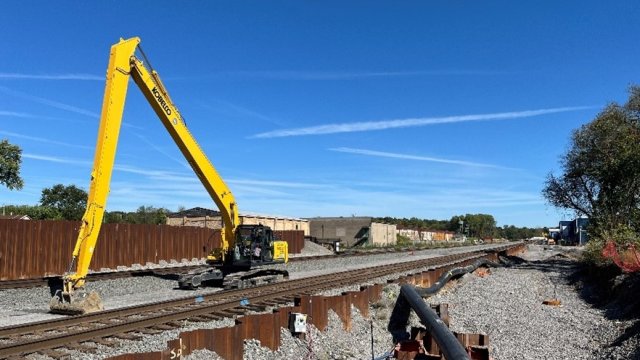
Looking east down the tracks from Pleasant Drive.
-
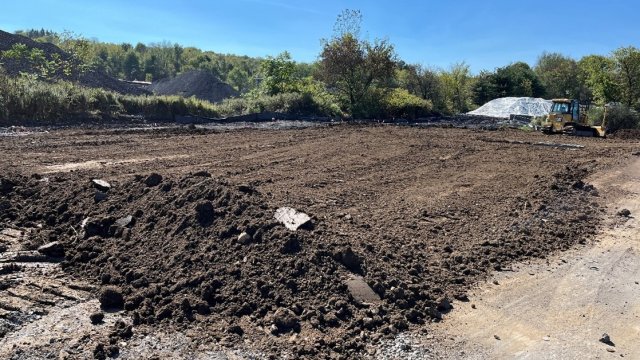
Backfill in the Tank Farm 5 area is ready for grading.
-
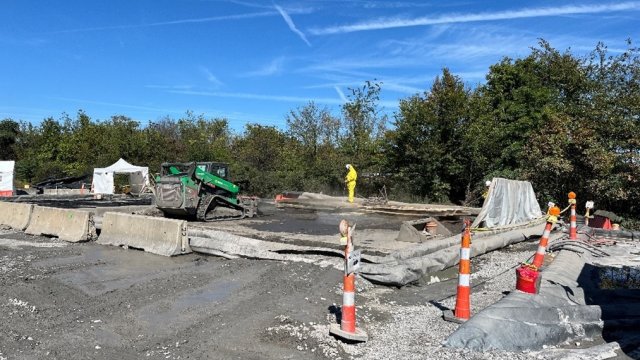
Crews clean the rig mats that were underneath the small blue liquid storage tanks
-
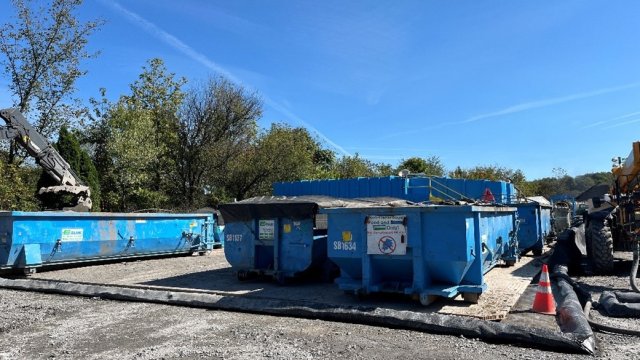
The last few small liquid storage tanks and roll offs in the tank farm areas
-
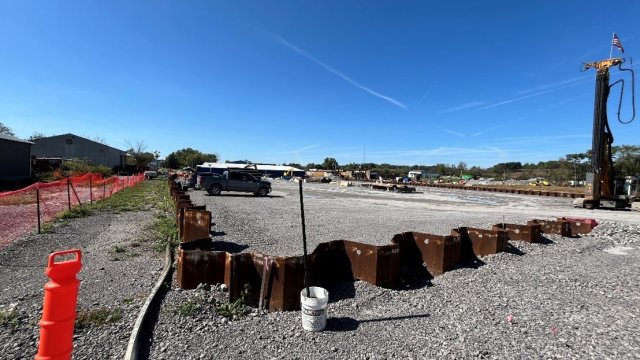
This fall, sheet piling around Car Scrapping Area 4 will be removed
-
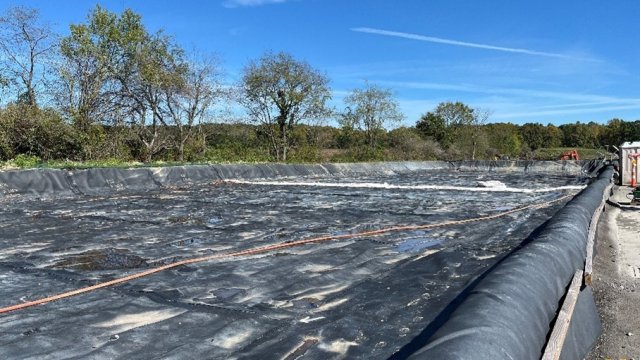
The liner in the former area where five large, treated water tanks sat
-

The liner in the area where the big blue tanks were staged.
-
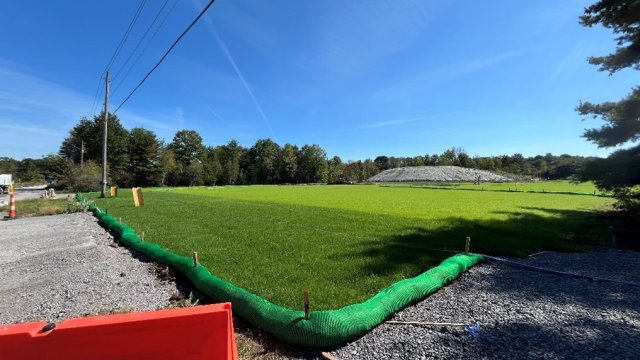
The restored Tank Farm 5 area previously held hundreds of small blue liquid storage tanks
-

The tall machine on the left removes sheet piling from the site
-

Backfill and restoration in the South Ditch is ongoing
-

A high-powered vacuum hose is placed inside the culvert to remove sediment
-

EPA checks containment booms during culvert cleanout oversight
-

Crews set boom in Sulphur Run to prepare for culvert cleanout operations
-

Air sampling devices are placed next to Sulphur Run during culvert cleaning
-
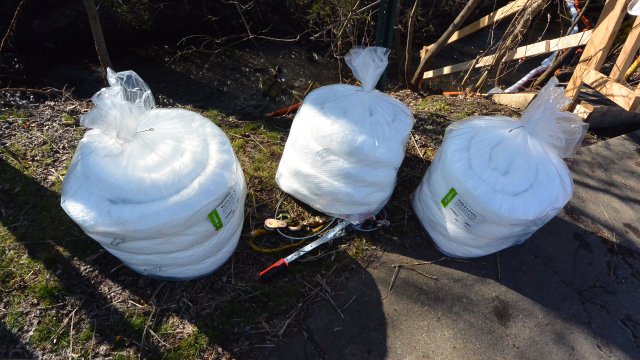
Rolls of absorbent soft boom are one method of containment used during stream cleaning
-
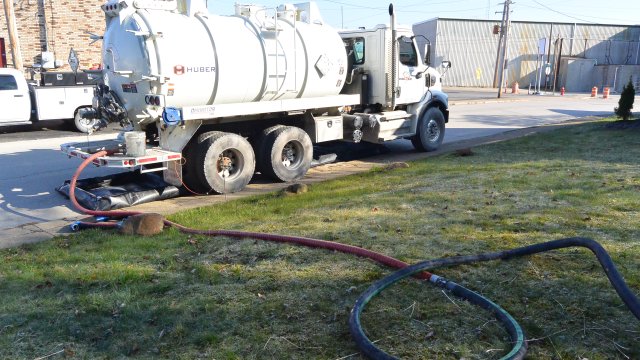
Vacuum trucks are placed next to Sulphur Run to collect any oil sheen generated during cleaning operations
-
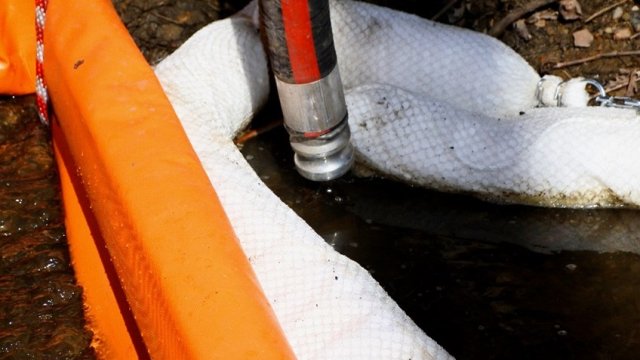
Vacuum trucks are placed near booms to collect oil sheen generated during stream and culvert cleanup
-

The culvert underneath Liberty Street where cleaning operations are ongoing but weather dependent
-

Confirmatory sampling crews collect and process a soil core, or a vertical sample of undisturbed underground soil
-

A geoprobe rig is used for confirmatory subsurface soil sampling
-

Groundwater is regularly sampled at the derailment site
-

Sampling untreated water to confirm it can be shipped off-site as non-hazardous
-

Trucks are staged to load wastewater
-

A trench box is being used to prevent the collapse of the trench during excavation.
-

In October, additional sheet piling was installed along the south ditch for stabilization.
-

Hazardous soil is loaded for off-site disposal.
-
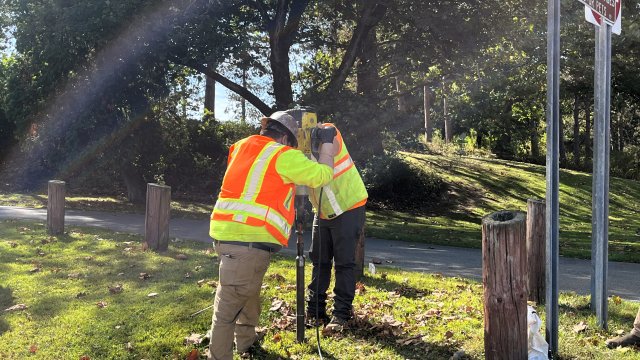
Confirmatory soil sampling in the East Palestine Village Park.
-

Car Scrapping Area 4 where, at the time of this photo, major excavation was nearing completion.
-
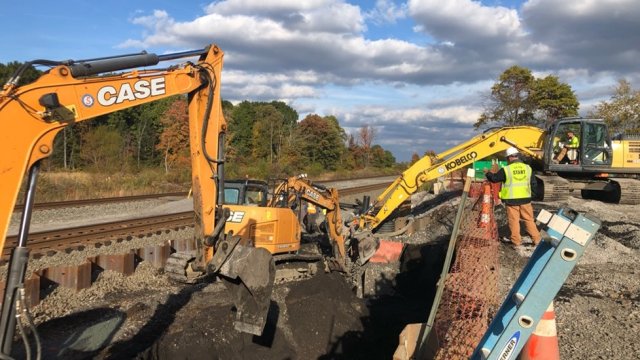
As of the week of October 23, South ditch excavation was nearly complete.
-
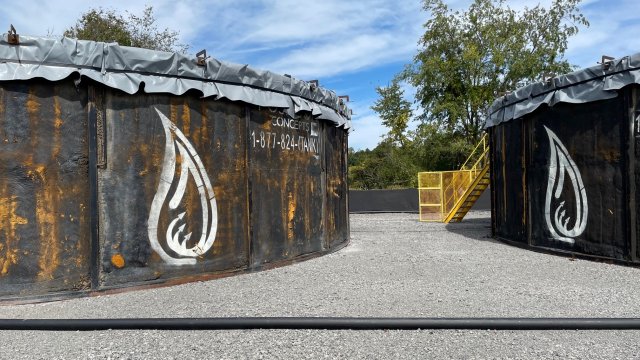
Tanks storing non-hazardous treated wastewater before shipping off-site for disposal.
-

Portion of Car Scrapping Area 4 is excavated, cleared, and ready for backfilling
-

Structure cleaning inside a resident’s home.
-
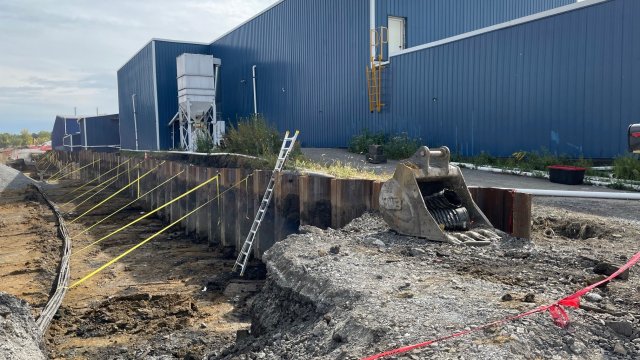
Excavation behind the Ceramfab building.
-

Excavated pit in Car Scrapping Area 3 awaiting sampling.
-
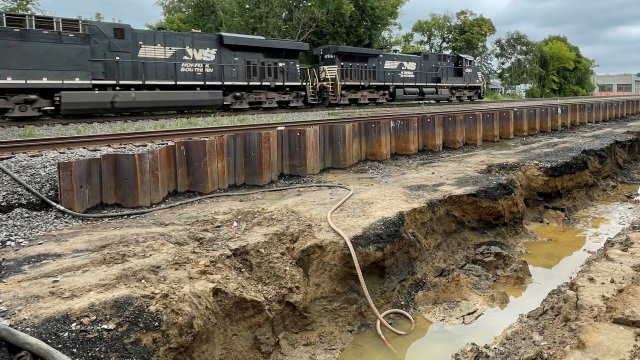
The South Ditch area being de-watered before excavation work continues.
-

This tank is part of the on-site wastewater treatment system.
-

Storm water pipe removal near Car Scrapping Area 3.
-
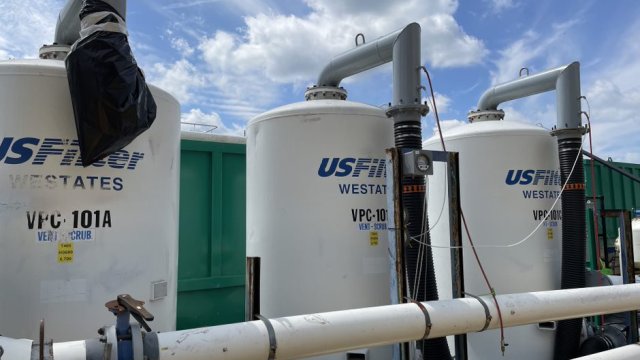
These tanks contain activated carbon, which is part of the on-site wastewater treatment system.
-

This centrifuge separates solid waste from liquid wastewater in holding bins to determine whether the waste is hazardous and then disposed properly.
-
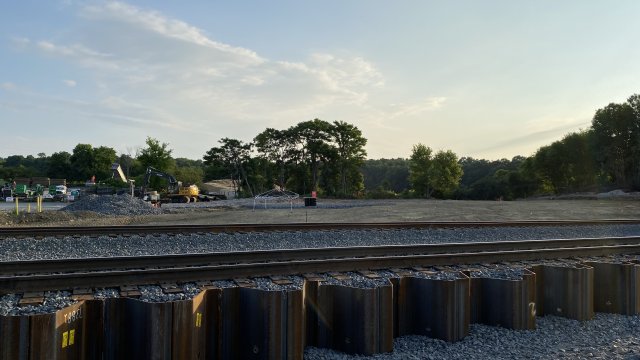
Car Scrapping Area 3 from the south-side of the tracks. The small white flags indicate where samples have been taken while the pink flags indicate where samples need to be taken.
-

Car Scrapping Area 4. This area was previously used to stockpile contaminated solid wastes before loading and shipping off-site. With the contaminated waste gone, the soil in Car Scrapping Area 4 will need to be excavated to remove any contamination resulting from the previous stockpiles.
-

These blue frac tanks contain contaminated liquids that are staged before taken off-site for disposal. The number of frac tanks on-site has been reduced since the construction of the large blue tanks was completed.
-
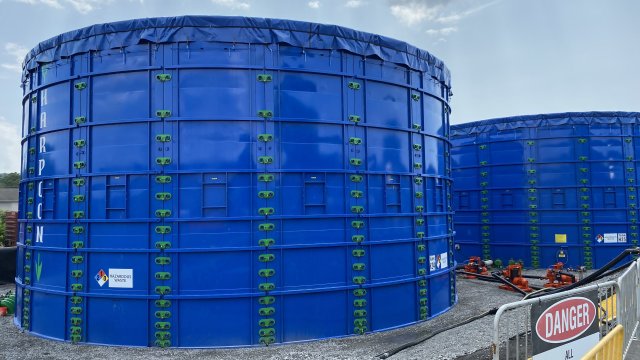
The large blue tanks where contaminated liquids are being staged.
-
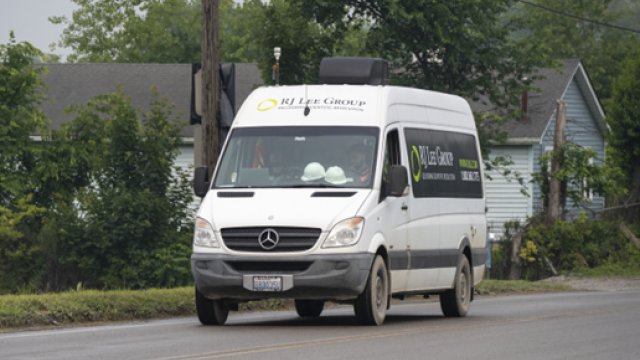
A PTR-MS (Proton Transfer Reaction – Mass Spectrometry) air monitoring van that drives around East Palestine daily to collect continuous air monitoring data.
-

Installation of a culvert by the main line tracks to help control stormwater and runoff.
-
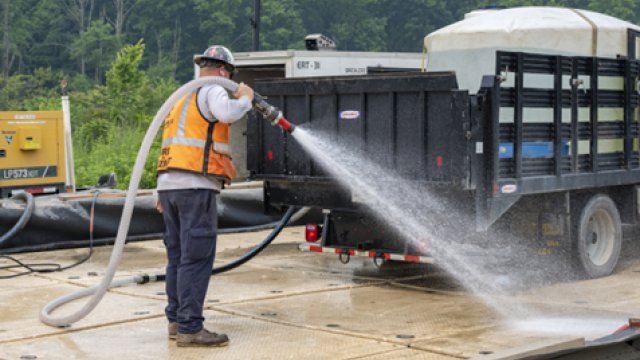
Decontamination station spraying down trucks as they exit the site.
-
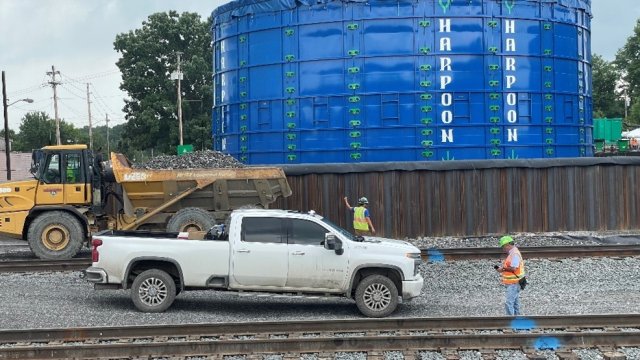
Reinforcing the wall around the big blue lake tanks that store potentially contaminated water waste.
-

Contractors labelling soil samples taken from Car Scrap Area 3 before they are sent to the laboratory for testing.
-

Plastic curtains are placed downstream in Sulphur Run to capture products released during stream washing.
-

Two tankers are simultaneously loaded with liquid waste.
-

Martin St. is newly paved to help control dust and erosion.
-

Sheet piling is installed along the south track
-

Liquid waste is loaded and measured
-

A weir allows sediment and dirt to settle before being pumped into the blue lake tanks for staging
-

A machine drives sheet piling into the ground along the south track
-
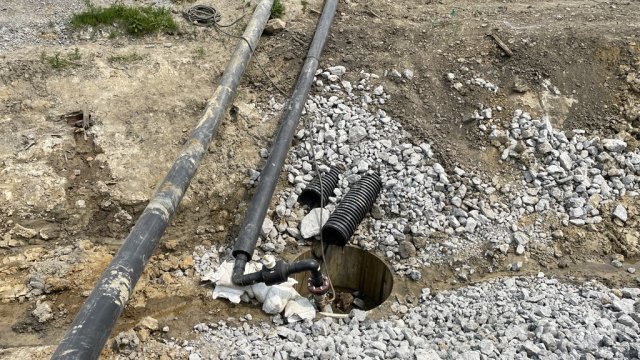
Sumps collect and pump rain and creek water from around the derailment site
-
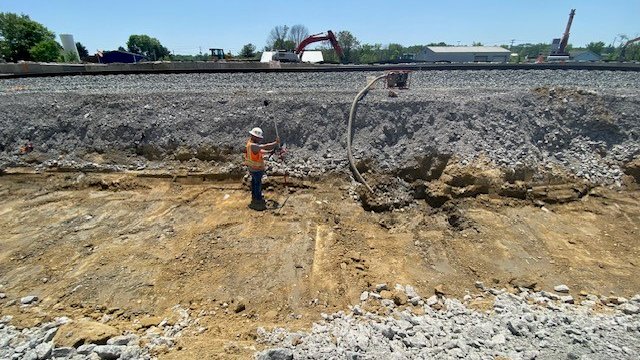
Measuring for depth in an excavated area
-
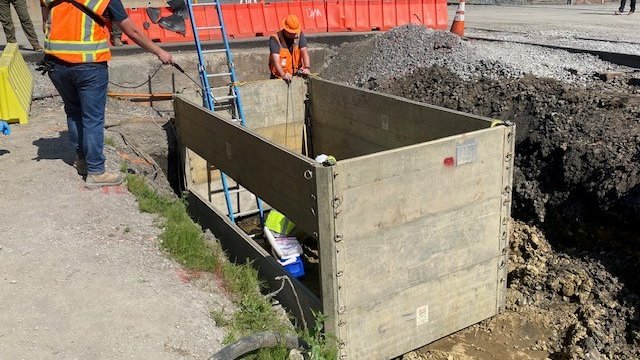
A trench box is used to prevent soil from caving in while workers are sampling in narrow areas
-
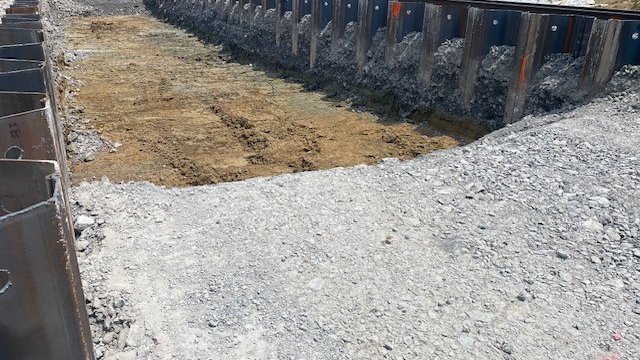
Sheet piling protects the integrity of the rails so the area in between the tracks can be excavated and backfilled
-

Walkways are used to safely enter the north ditch for sampling
-
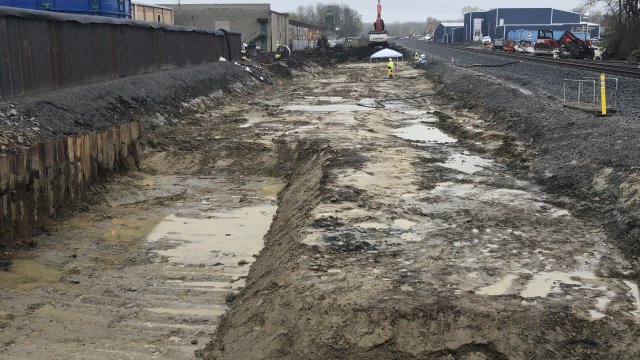
Contaminated soil under the north track is removed in sections.
-
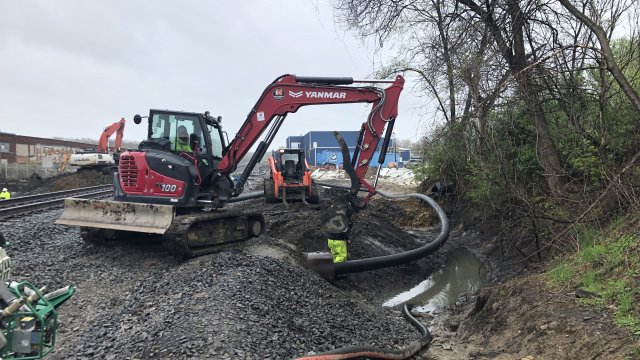
Piping is installed to carry water from the derailment site into the large blue lake tanks
-
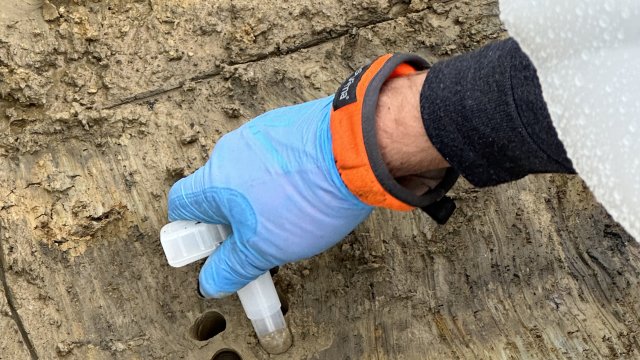
Excavated areas under the north track are sampled to ensure all contamination is removed.
-
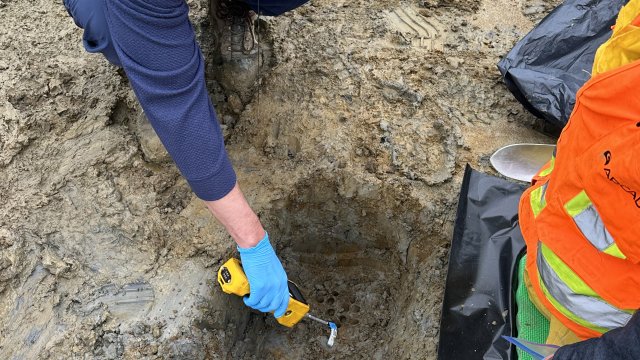
Handheld monitors are used to screen VOC levels in excavated areas.
-

Samplers log soil from the north track.
-

Waste is safely secured and loaded for off-site disposal.
-
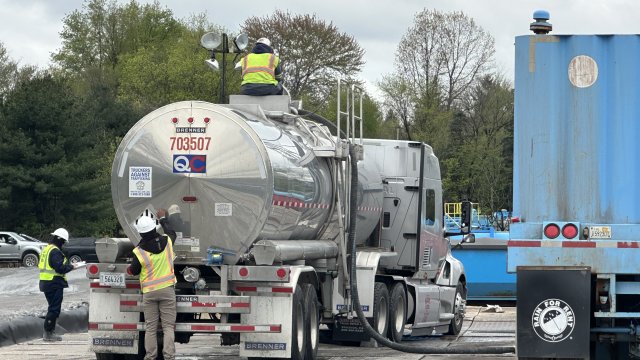
Liquid waste is loaded, labeled, and logged within a secondary containment area.
-

Soil is consolidated for disposal
-

Staging areas for soil waste are lined with thick plastic and concrete barriers
-
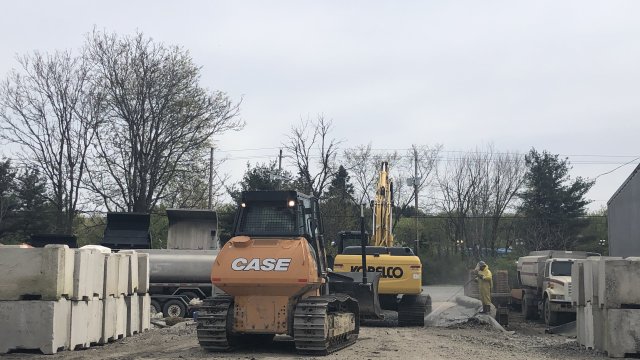
Contaminated heavy equipment are power washed and cleaned before leaving the derailment site
-

A soil waste pile is uncovered for loading and disposal
-

Excavation teams are working along the north track
-
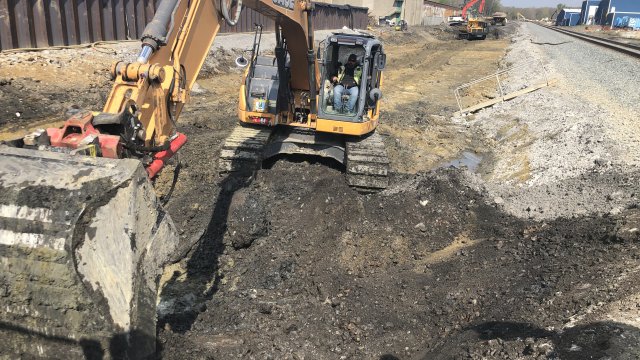
Excavation is underway along the north track
-

TAGA and PTR-MS vehicles are monitoring air around the derailment site
-

Bulldozers are managing soil staging piles
-

Heavy equipment are managing and unloading contaminated soil
-
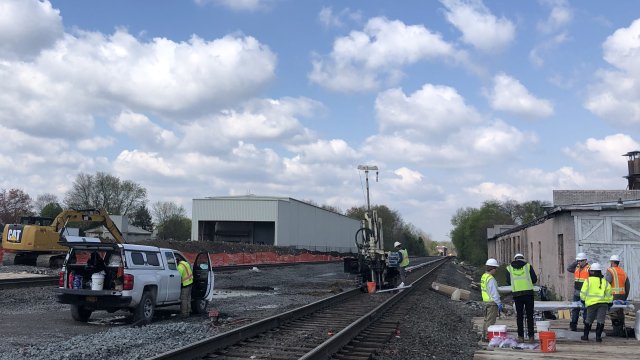
Geoprobe teams are collecting and processing soil samples from the inactive north track
-

Excavation pits are sampled to make sure contamination has been removed.
-

A cleared area of the south track is backfilled with clean material and graded.
-

Cleared portions of the south track are backfilled with clean material and compacted.
-

EPA’s Trace Atmospheric Gas Analyzer (TAGA) is used for advanced air monitoring near the derailment site.
-
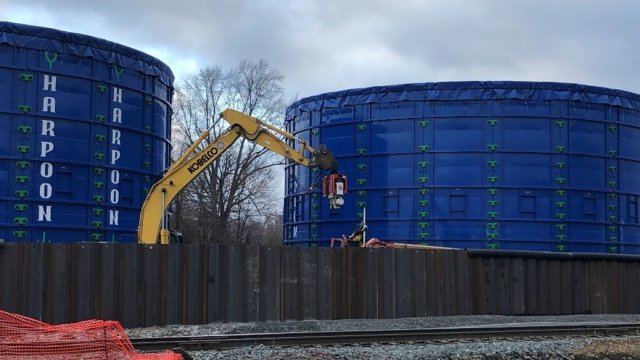
Sheet piling is installed around the two blue lake tanks as a method for secondary containment. The lake tanks will temporarily stage wastewater from the derailment site while trucks transport these liquids off-site for disposal.
-

All trucks undergo a wheel and undercarriage wash before leaving the derailment site.
-

Air monitoring within the community.
-

Photo of train in flames taken by drone.
-

EPA contractors conducting air monitoring during rail excavation activities
-

Aeration equipment deployed within Leslie Run
-

-

EPA and Ohio EPA conduct water quality assessment of Leslie Run to assess conditions as part of a monitoring routine to ensure protection of surface waters
-

Excavated soils from beneath the rail line are staged and covered in preparation for transportation and disposal
-

U.S. Coast Guard Atlantic Strike Team providing support to EPA for oversight and documentation of disposal activities
-

Norfolk Southern removing contaminated soil and ballast from beneath the south rail line
-

Norfolk Southern and EPA conducting soil sampling beneath the excavated rail track area.
-

Waste stockpiles, prepped for offsite transportation and disposal, are covered and lined to ensure protection from wind and rain.
-

NS removing contaminated soil and ballast from beneath the south rail line
-

Crash site recovery operations.
-
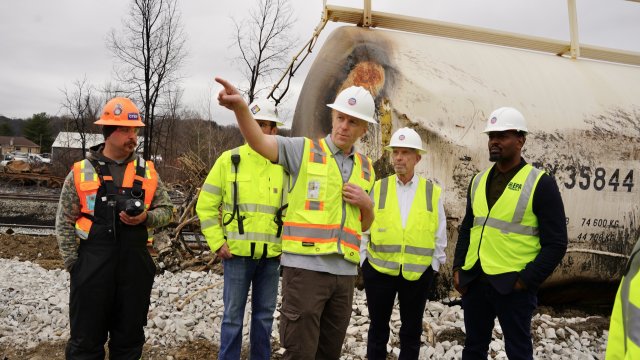
EPA Administrator Michael Regan visits the site of the train derailment with EPA on-scene coordinators.
-

Norfolk Southern contractors removing a burned tank car (benzene, residual) from the crash site.
-
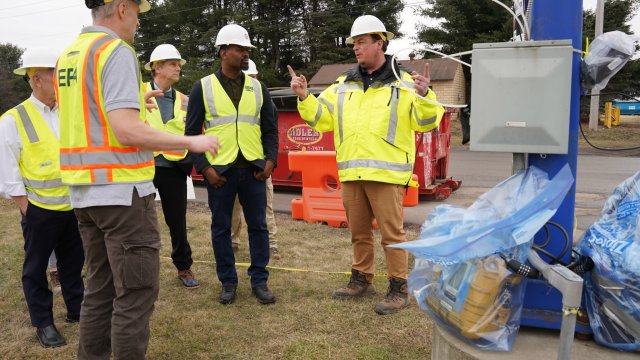
EPA on-scene coordinators discuss EPA’s advanced air monitoring technology with Administrator Regan.
-

Oil product leaking from an upside-down damaged tank car and pooling on the ground.
-

Photo taken by EPA's ASPECT (Airborne Spectral Photometric Environmental Collection Technology) system on Feb. 7, 2023.
-
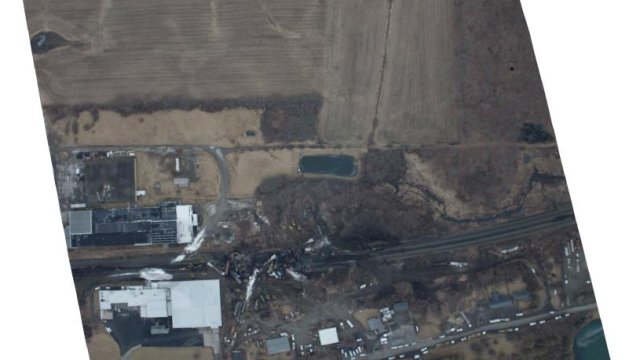
Photo taken by EPA's ASPECT (Airborne Spectral Photometric Environmental Collection Technology) system on Feb. 7, 2023.
-

Air monitoring equipment.
-
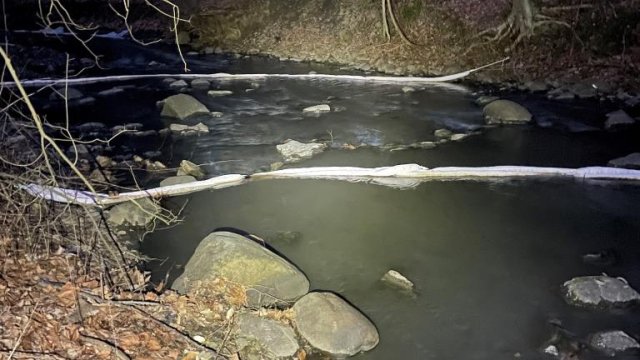
Boom deployed at Leslie Run near Jimtown Rd.
